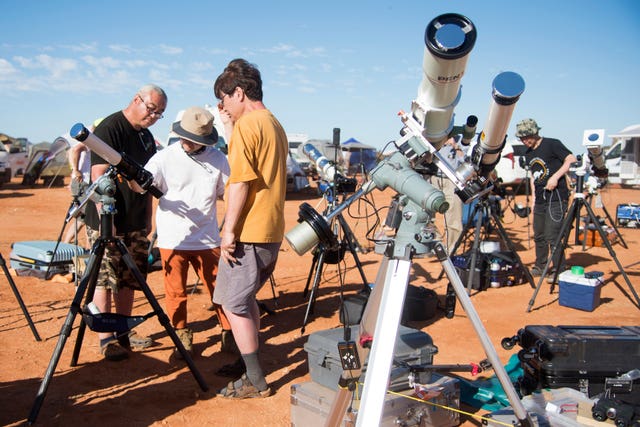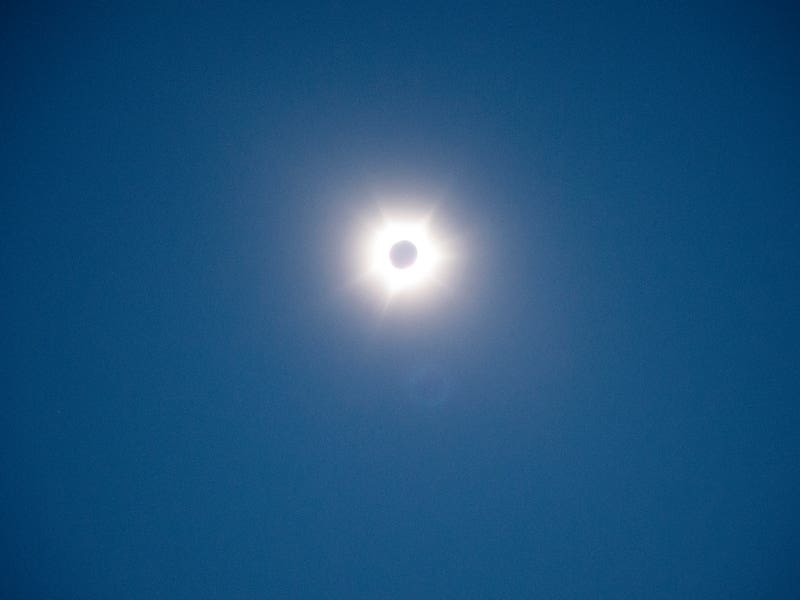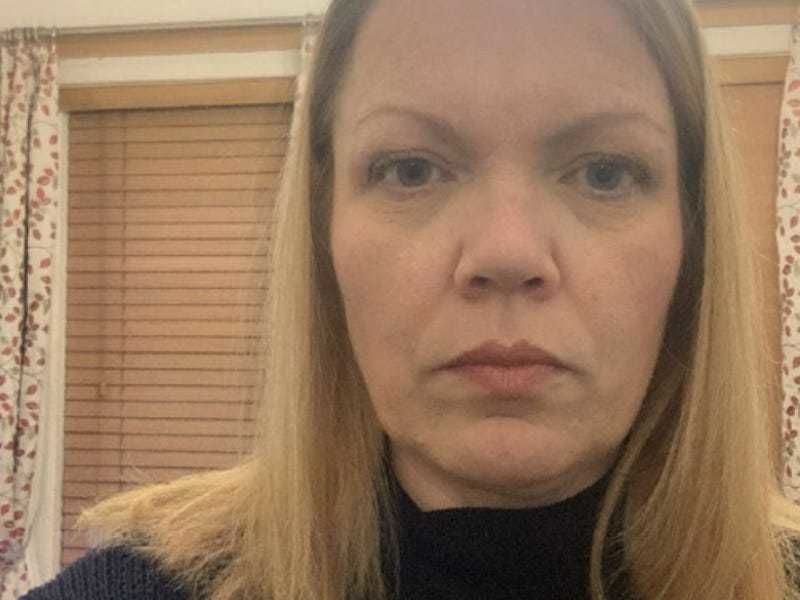Under a cloudless sky, about 20,000 eclipse chasers watched a rare solar eclipse plunge part of Australia’s northwest coast into brief midday darkness on Thursday with an accompanying temperature drop.
The remote tourist town of Exmouth, with fewer than 3,000 residents, was promoted as one of the best vantage points in Australia to see the eclipse that also crossed remote parts of Indonesia and East Timor.
Nasa astronomer Henry Throop was among those at Exmouth cheering loudly in the darkness.
“Isn’t it incredible? This is so fantastic. It was mind-blowing. It was so sharp and it was so bright. You could see the corona around the sun there,” the visibly excited Washington resident said.

Julie Copson, who travelled more than 600 miles from the Australian west coast port city of Fremantle north to Exmouth, said the phenomenon left her skin tingling.
“I feel so emotional, like I could cry. The colour changed and seeing the corona and sun flares,” Ms Copson said.

In Indonesia’s capital, hundreds came to the Jakarta Planetarium to see the partial eclipse that was obscured by clouds.
Azka Azzahra, 21, came with her sister and friends to get a closer look by using the telescopes with hundreds of other visitors.
“I am still happy to come even though it is cloudy. It is happy to see how people with high enthusiasm come here to see the eclipse, because it is rare,” Ms Azzahra said.
The call to prayer resounded from the city’s mosques when the eclipse phase began as Muslims said eclipse prayers as a reminder of God’s greatness.
The hybrid solar eclipse tracked from the Indian Ocean to the Pacific Ocean and was mostly over water. The lucky few people in its path either saw the darkness of a total eclipse or a “ring of fire” as the sun peeked from behind the new moon.
Such celestial events happen about once every decade: The last one was in 2013 and the next one is not until 2031.
They occur when Earth is in the “sweet spot” so the moon and the sun are almost the exact same size in the sky, said Nasa solar expert Michael Kirk.
At some points, the moon is a little closer and blocks out the sun in a total eclipse. But when the moon is a little farther away, it lets some of the sun’s light peek out in an annular eclipse.
“It’s a crazy phenomenon,” Mr Kirk said. “You’re actually watching the moon get larger in the sky.”
Several other upcoming solar eclipses will be easier to catch. An annular eclipse in mid-October and a total eclipse next April will both cross over millions of people in the Americas.






